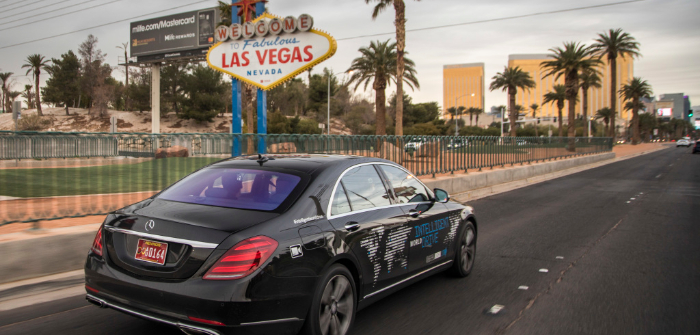Mercedes-Benz recently demonstrated the deep-learning capabilities of its automated vehicles through the five-month Intelligent World Drive project, which carried out autonomous vehicle test drives around the world and concluded at CES 2018 in Las Vegas, Nevada, earlier this month.
A test vehicle based on the current S‑Class completed a challenging road trip across five continents, learning through the real-life automated test drives.
Scenarios included encounters with zebra crossings on freeways in China; turning right from the left-hand lane (known as the hook turn) in Melbourne, Australia; pedestrian traffic on all kinds of roads in South Africa; and stopping school buses parked up on roads in the USA.
The Intelligent World Drive also underlines the importance of the international harmonization of the legal framework for automated and autonomous driving and its infrastructure, in particular, lane markings and traffic signs.
“The Intelligent World Drive makes it clear that autonomous driving requires global development activities and test drives,” said Ola Källenius, member of the board of management at Daimler AG responsible for group research and development of Mercedes-Benz cars.
“Automated and autonomous vehicles need international learning material from actual road traffic in order to understand traffic situations and to be prepared for different scenarios.”
Test drives were carried out on roads through Germany, China, Australia, South Africa and the USA. The differences in the countries gave a small insight into the complexity of global challenges in the development of automated and autonomous driving functions.
In particular the national particularities in terms of infrastructure, traffic regulations and the conduct of other road users place very different requirements on vehicle sensors and algorithms.
It also became apparent just how important high-resolution maps will be for the development of higher automation. Daimler is thus collaborating closely with map service provider Here on faster implementation and updating of even more precise navigation data.


